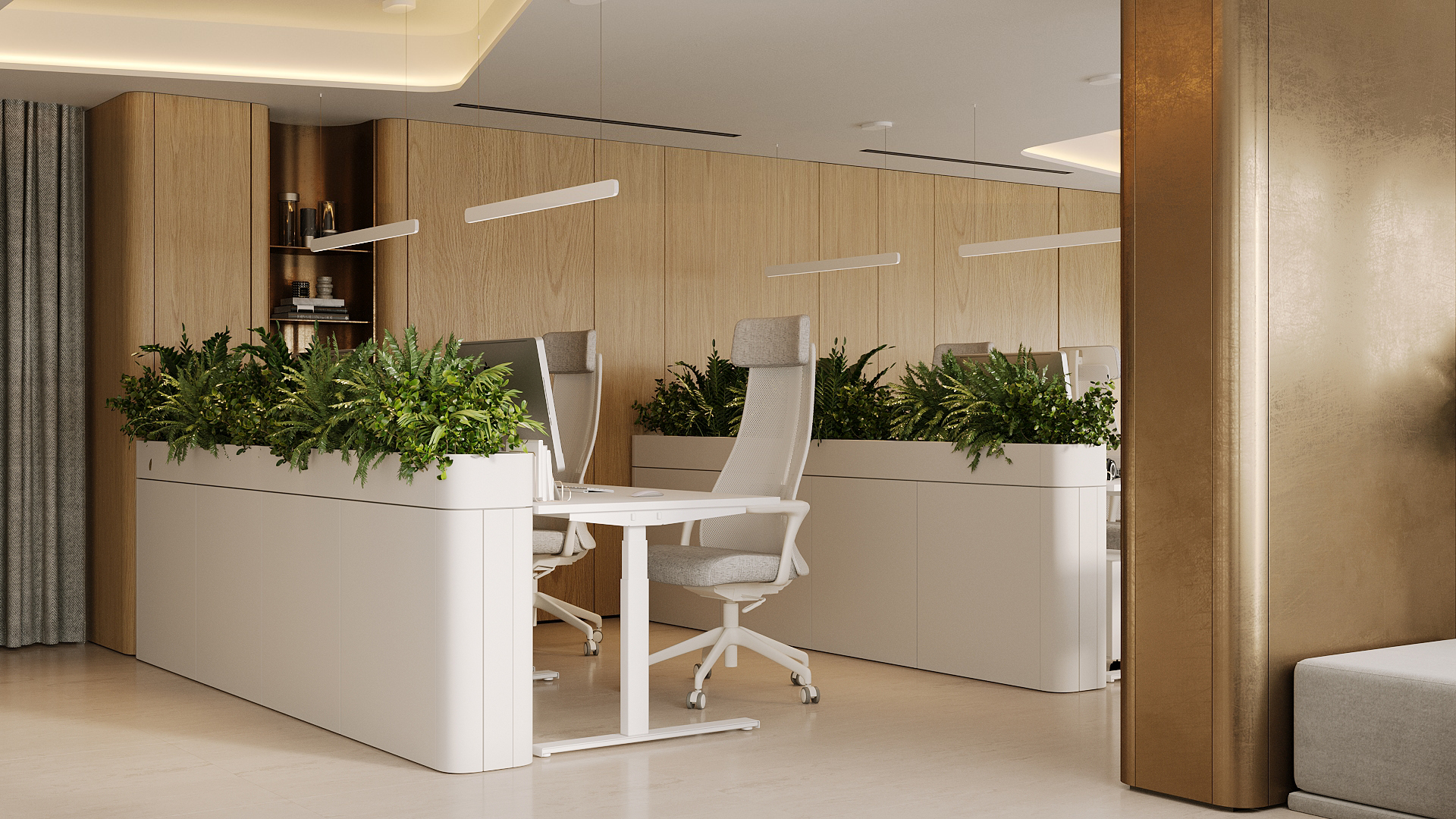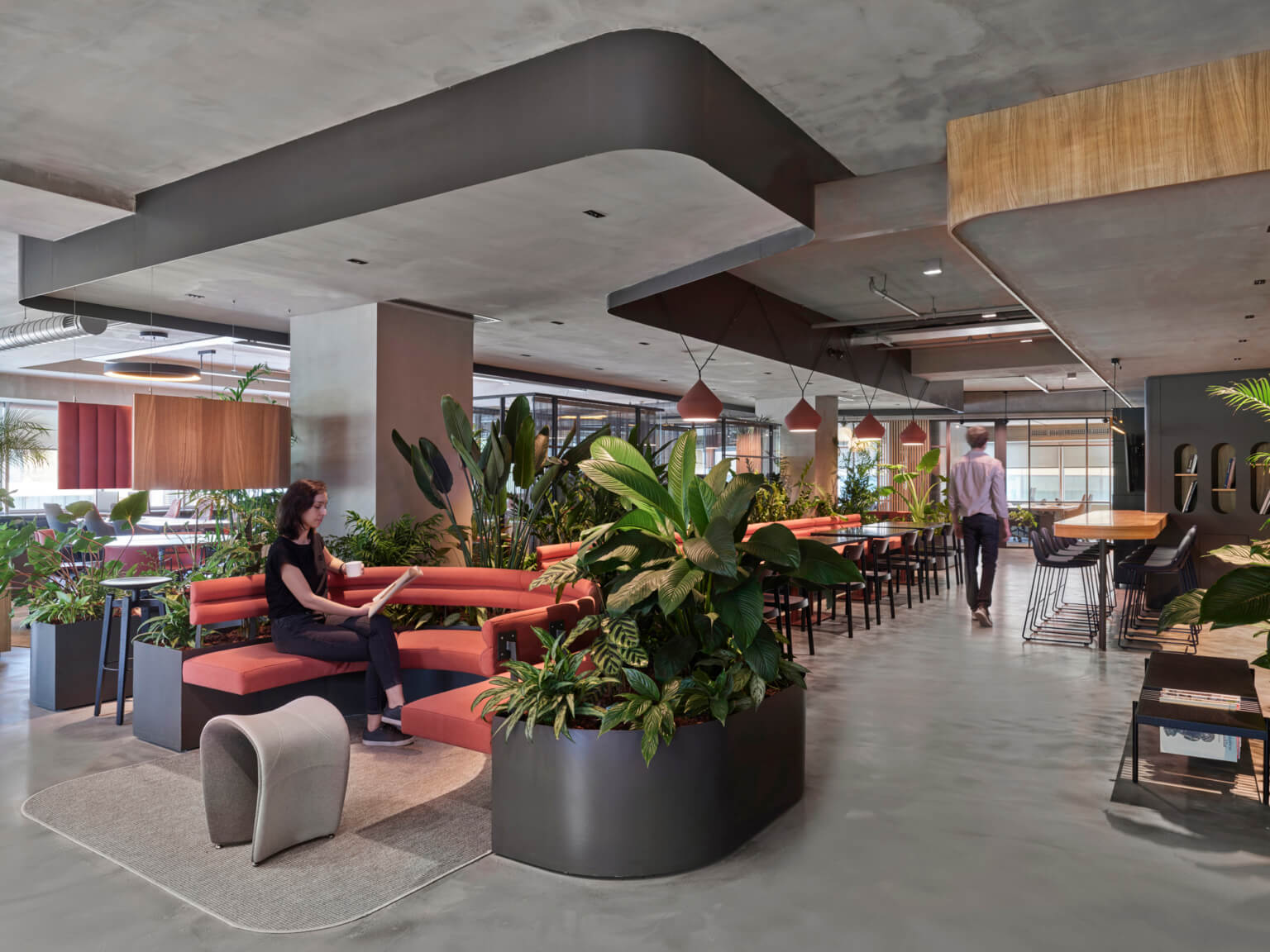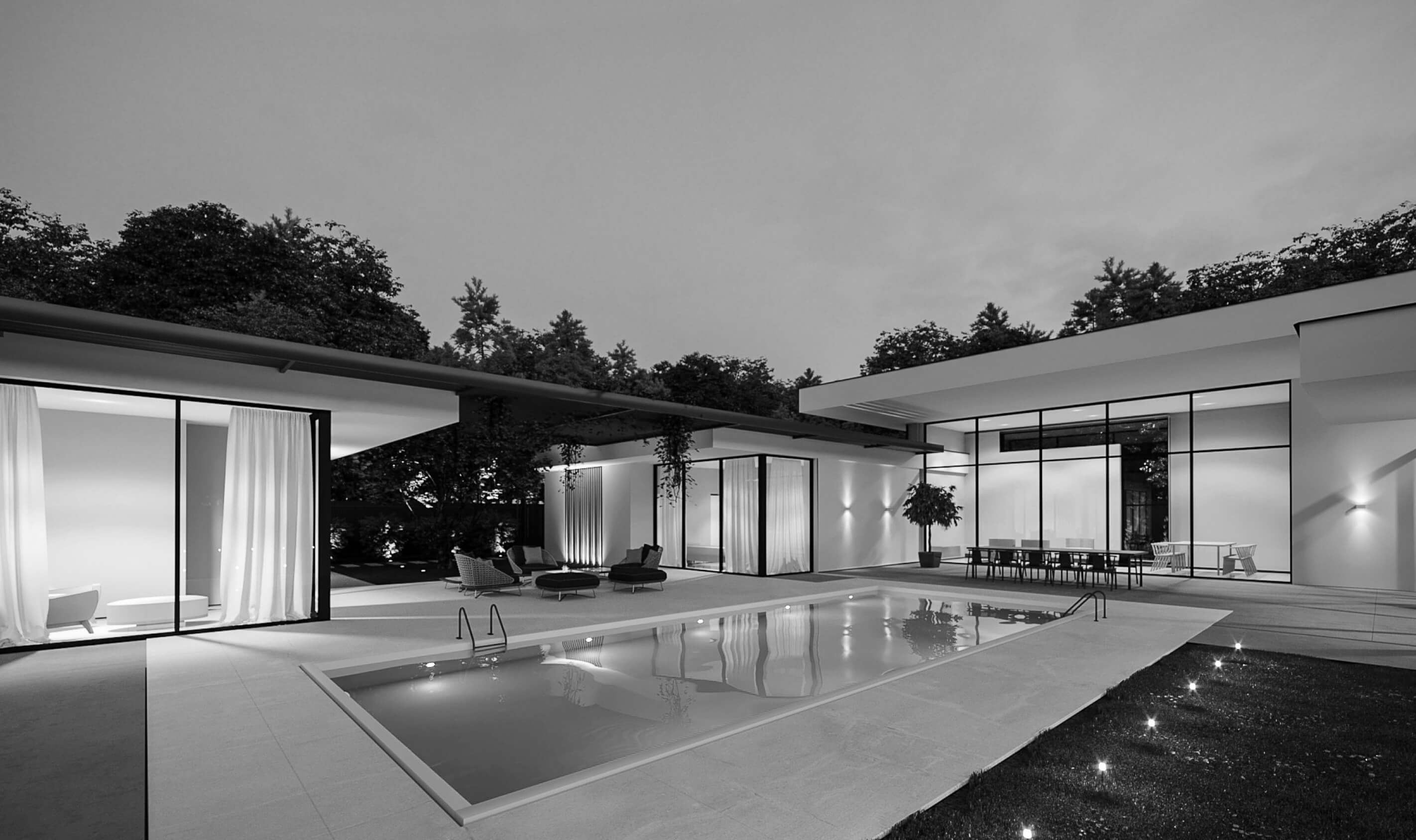It’s certainly great to have a grand, ultra-modern office design on paper. But you must be sure that any changes will make sense from a logistical point of view. Form should follow function, not the other way around.
Of course, you will consider structural aspects such as the location of doors and windows. But what about outlets, lighting, and wireless routers? A clean modern office instantly looks outdated with the addition of a few feet of extension cords.
You also need to keep in mind the future needs of the company. Your design needs to be scalable – in both directions. Company growth can look different in terms of staffing and space needs. The modern office must be able to adapt to future growth, while still keeping in mind that the way employees work is changing.
For example, our recent article on the growing trend in flexible offices found that more than 52 percent of employees want or already work from home at least once a week. If you have a remote work policy or plan to add one in the near future, there will be fewer people in the office on any given day. In this case, it might make more sense to move to a booking-based seating model rather than sticking to assigned seats.
The most important part of any office design strategy is not to bite off more than you can chew. It’s always easier (and cheaper) to fix small changes that didn’t work than to undo something big, like repairing broken walls.










 Back
Back




